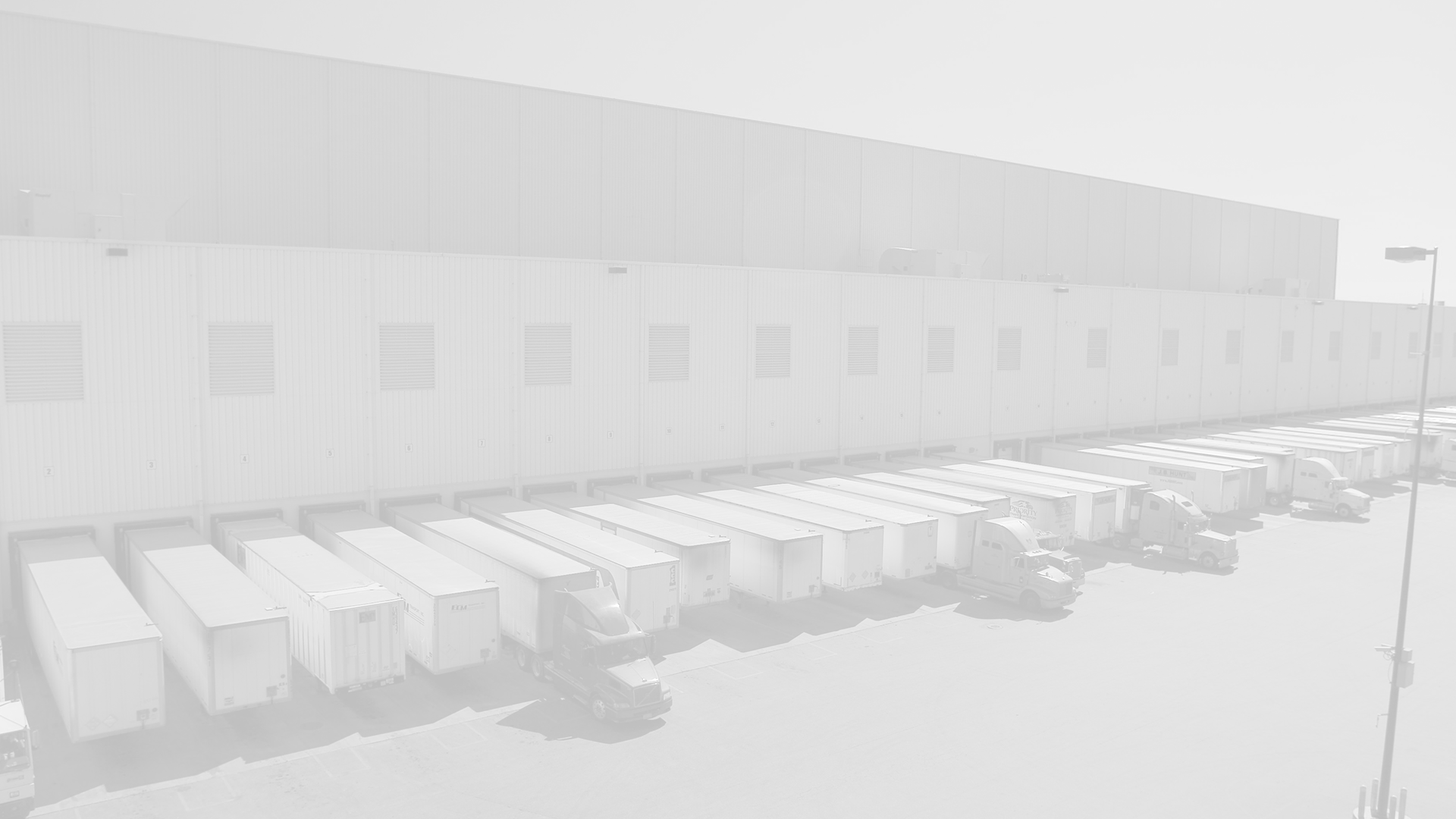Companies are reducing parts supplies and making parts as needed using 3D printers. This is not just for production facilities, it will have huge benefits for the maintenance teams in warehouses. From automation to material handling equipment, the ability to make what you need, when you need it will mean reduced costs and higher “up time.”
3D printing makes its move into production
By Robert L. Mitchell
Computerworld – When NASA’s Juno satellite blasted off for Jupiter, the 3D printed parts in its final assembly represented just one small step toward manufacturer Lockheed Martin’s goal to eventually build an entire spacecraft using additive manufacturing technology. The launch also signified one giant leap toward the use of 3D printing in the aerospace firm’s manufacturing processes here on earth.
Other businesses are adopting 3D printing in production, too. (See the related blog entry about Ford Racing’s use of 3D printing.)
IT, in response, is buckling up for the ride.
The lighter, lower-cost 3D printed parts used in Juno helped to prove that additive manufacturing technology, which builds objects by applying materials in successive layers, was ready to move beyond just prototyping. “The parts performed beautifully,” says Slade Gardner, a fellow for advanced manufacturing and materials in Lockheed Martin’s Space Systems division. But they were just “proto-parts” for one satellite.
Now the aerospace giant is preparing to use 3D printing processes to manufacture production parts for other aircraft and spacecraft. “We’re validating the process for production, and we’re on target to complete those activities within the next few years — maybe sooner,” Gardner says.
Curtis Carson, head of research and technology for industrial systems in the Manufacturing Engineering Centre of Competence at Airbus, says the aircraft manufacturer has already begun using 3D printing to produce a seat belt mold as a spare part for the A310 jet, after the subcontractor that was manufacturing the mold went bankrupt.
And it plans to start using 3D printed plastic parts for the A350 aircraft by early 2015. “Even with small components we’ll see around 50% weight savings and a cost savings of 60 to 70% on production parts,” he says.
Traditionally, 3D printing has been used mostly for rapid prototyping — to build early design concepts and prototypes to assess “form, fit and function,” says Terry Wohlers, president of Wohlers Associates, a 3D printing consultancy. “The next frontier for 3D printing is actual manufacturing, producing parts that go into the final product.”
Developing a digital tapestry
3D printing is part of the new “digital tapestry,” the end-to-end digitization of the manufacturing process from initial design and production to spare parts, and IT needs to be ready to support that, says Steve Betza, corporate director for advanced manufacturing and development at Lockheed Martin.
“We actively partnered with our CIO in the creation of a digital tapestry for manufacturing,” Betza says. That tapestry includes computer-aided design and visualization tools, data management systems, and MRP and ERP systems. All of those must be connected to tablet computers and the Internet of Things on the manufacturing floor — including the company’s industrial 3D printers.
To successfully make the transition from prototypes to finished goods, 3D printing needs to go from building shapes with limited functionality to meeting more demanding manufacturing requirements.
But there’s even more to it than that, says Gardner. Lockheed Martin Space Systems executive vice president Rick Ambrose set a company goal to manufacture an entire satellite using 3D printing technology, but getting there means maturing design, materials, operations and manufacturing procedures that are very different from established standards, Gardner explains.
Editor’s note: The first paragraph of this story was corrected at 11 AM eastern time on August 13, to say that the Juno satellite is bound for Jupiter, not Saturn. We regret the error.

